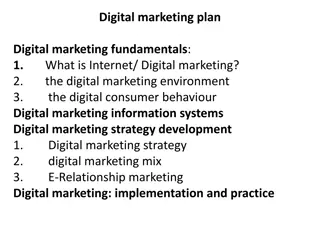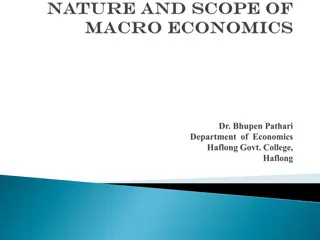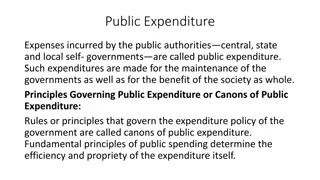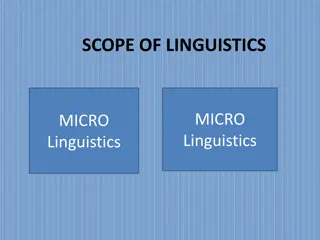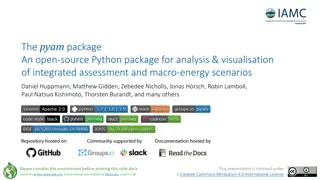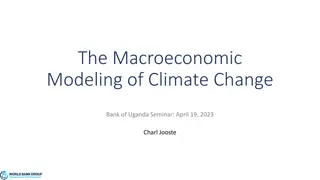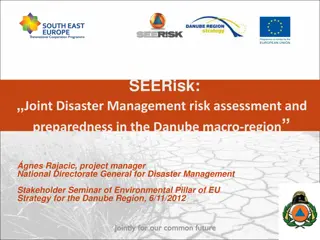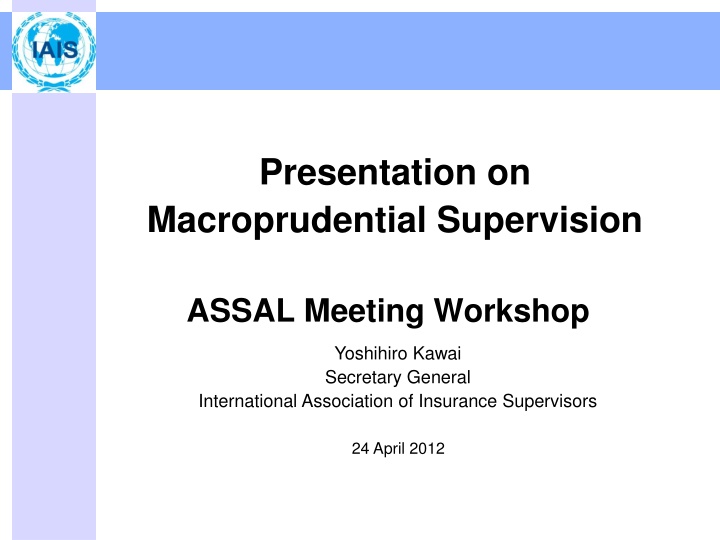
Macroprudential Supervision and Insurance Principles
Delve into the world of macroprudential supervision and insurance principles through a detailed presentation by Yoshihiro Kawai, the Secretary General of the International Association of Insurance Supervisors. Explore the importance of regulating for systemic stability and consumer protection, the distinctions between macro- and microprudential approaches, and the key principles of ICP 24. Gain insights into the essential components of monitoring and analyzing market and financial developments to ensure the resilience of insurers and insurance markets.
Download Presentation

Please find below an Image/Link to download the presentation.
The content on the website is provided AS IS for your information and personal use only. It may not be sold, licensed, or shared on other websites without obtaining consent from the author. If you encounter any issues during the download, it is possible that the publisher has removed the file from their server.
You are allowed to download the files provided on this website for personal or commercial use, subject to the condition that they are used lawfully. All files are the property of their respective owners.
The content on the website is provided AS IS for your information and personal use only. It may not be sold, licensed, or shared on other websites without obtaining consent from the author.
E N D
Presentation Transcript
Presentation on Macroprudential Supervision ASSAL Meeting Workshop Yoshihiro Kawai Secretary General International Association of Insurance Supervisors 24 April 2012
Agenda 1) Approach to macroprudential surveillance 2) ICP 24 3) Case studies OCE April 2012 ASSAL 24 April 2012 2
Why we (should) regulate Macro- prudential approach Systemic stability (Consumers benefit from sound and stable financial institutions) The whole is bigger than the sum of its parts Consumer protection (Financial stability as an after- thought to solvency regulation) Micro- prudential approach OCE April 2012 ASSAL 24 April 2012 3
Macro- and microprudential approaches Microprudential Macroprudential Limit distress of individual institutions Proximate objective Limit system-wide distress Avoid macroeconomic costs linked to instability Ultimate objective Investor/depositor) protection Risk characterisation Exogenous independent of individual behaviour Endogenous dependent on collective behaviour Correlations and common exposures Irrelevant Important Calibration of prudential controls Bottom up, risks of individual institutions Top down, in terms of system- wide risk Source: Claudio Borio, Towards a macroprudential framework for financial stability (BIS WP 128, 2003 ) OCE April 2012 ASSAL 24 April 2012 4
Agenda 1) Approach to macroprudential surveillance 2) ICP 24 3) Case studies OCE April 2012 ASSAL 24 April 2012 5
The salient principle of ICP 24 The principle of Macroprudential Surveillance and Insurance Supervision The supervisor identifies, monitors and analyses market and financial developments and other environmental factors that may impact insurers and insurance markets and uses this information in the supervision of individual insurers. OCE April 2012 ASSAL 24 April 2012 6
Agenda 1) Approach to macroprudential surveillance 2) ICP 24 3) Case studies OCE April 2012 ASSAL 24 April 2012 7
Instructions 1) Please divide up in to five separate groups 2) Discuss the cases and address the questions given on the next slide 3) Each group will have up to four minutes to present their answers to the plenary OCE April 2012 ASSAL 24 April 2012 8
Questions Discuss these questions for all five risks 1. How will the risk impact a. Life insurers? b. Non-life insurers? 2. What are possible early warning indicators for the risk? 3. What should the supervisor do to mitigate the risk? OCE April 2012 ASSAL 24 April 2012 9
Case 1 for discussion Risk 1 Default of sovereigns and banks Definition The risk of sovereign default followed by wide-spread defaults of banks with credit exposures to that particular sovereign Argentina 2001 Other stress situations during Latin America s debt crisis in the 1980s Historic events Greece Potentially other Eurozone countries Current parallels OCE April 2012 ASSAL 24 April 2012 10
Case 2 for discussion Risk 2 Low growth / low investment yields Definition A prolonged period with subpar economic growth and low interest rates leading also to low investment yields Japan in the 1990s and the current decade Historic events Europe Possibly the US Current parallels OCE April 2012 ASSAL 24 April 2012 11
Case 3 for discussion Risk 3 Accelerating inflation Definition A rapid and accelerating increase in the rate of headline or consumer price inflation well above the central bank s inflation target Latin America in the 1980s and 1990s Industrialised economies in the 1970s Historic events Argentina Selected emerging market economies Current parallels OCE April 2012 ASSAL 24 April 2012 12
Case 4 for discussion Risk 4 Trend reversal in interest rates Definition Typically a sudden and sharp increase in the prevailing level of interest rates, caused by either a change in inflation expectations or distressed financial markets Historic events Industrialised economies at the end of the high inflation period (late 1970s) South East Asia during the debt crisis in 1997 Current parallels Spain, Portugal) Latin America during 1980s debt crisis The Eurozone periphery (Greece, Ireland, OCE April 2012 ASSAL 24 April 2012 13
Case 5 for discussion Risk 5 Sovereign downgrades Definition A downgrade (by S&P, for example) of a sovereign s financial strength rating, questioning the integrity of the domestic benchmark defining the risk free interest rate Countries having experienced debt crises in the past (Latin America 1980s 1990s) South East Asia 1997 Historic events Sovereign debtors in the Eurozone Selected sovereigns with high sovereign debt (such as France and the US) Current parallels OCE April 2012 ASSAL 24 April 2012 14

